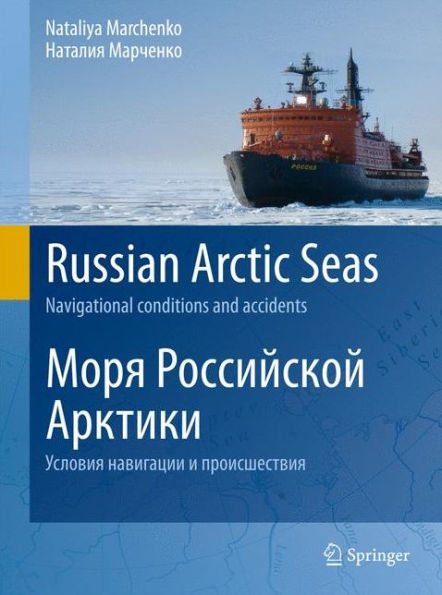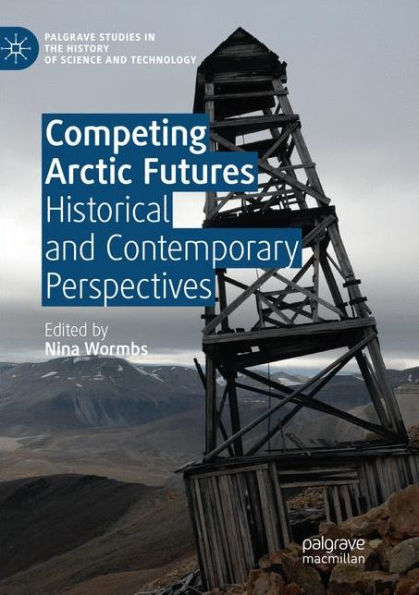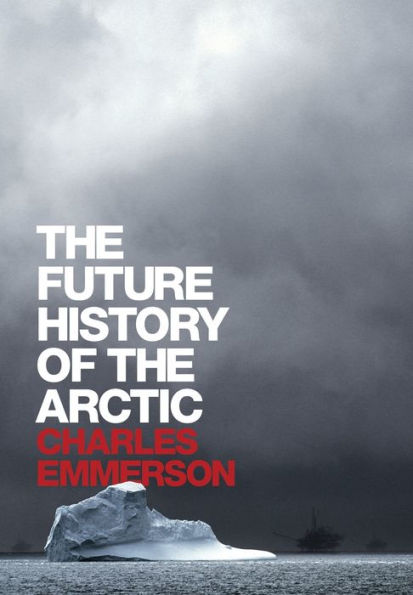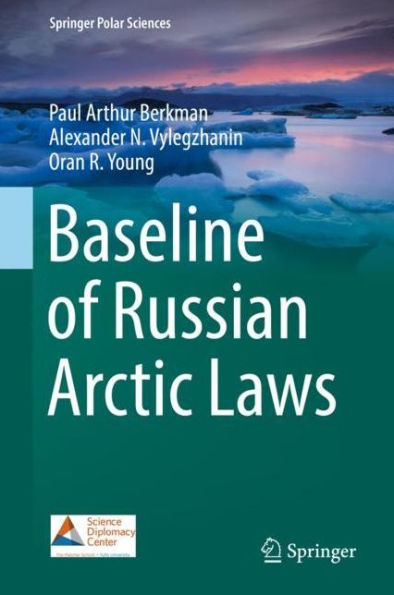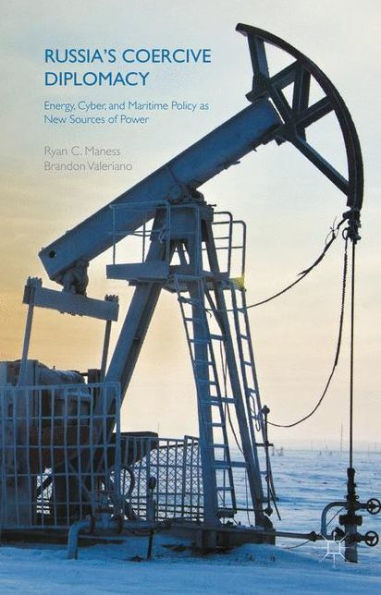Home
Energy Potential of the Russian Arctic Seas: Choice of Development Strategy
Loading Inventory...
Barnes and Noble
Energy Potential of the Russian Arctic Seas: Choice of Development Strategy
Current price: $170.00


Barnes and Noble
Energy Potential of the Russian Arctic Seas: Choice of Development Strategy
Current price: $170.00
Loading Inventory...
Size: OS
*Product Information may vary - to confirm product availability, pricing, and additional information please contact Barnes and Noble
The structure of sedimentary basins of the Russian Arctic Seas is studied and illustrated by a number of maps, cross-sections and geophysical models. The calculated density models of the Earth crust illustrate the deep structure of the main blocks of the crust. Five major gas-condensate and gas fields are discovered here: three (Shtokman, Ludlov, Ledovoe) in the Barents and two (Leningrad and Rusanov) in the Kara Sea.Geological and geophysical characteristics of the Russian Arctic Sea sedimentary basins allow an estimation of their hydrocarbon potential by comparison with the known world analogues.Total potential resources of giant deposits of hydrocarbons in Russian Arctic Seas are estimated at 470 billion barrels of oil equivalent. The richest resources are the Kara Sea and Laptev Sea. Less rich is Barents Sea. The relatively smaller contribution to the overall estimation of the resources makes the resources of East-Siberian Sea and Chukchi Sea.Development the energy capacity of the continental shelf of Russia can play a stabilizing role in the dynamics of oil and gas production in the period 2010-2020. A key role in developing the capacity of the Arctic shelf oil and gas play is the innovative technology in exploration, production and management of the relevant investment projects. World offshore experience indicates that the combination of these factors is achieved through the formation of international firms and organizations.


